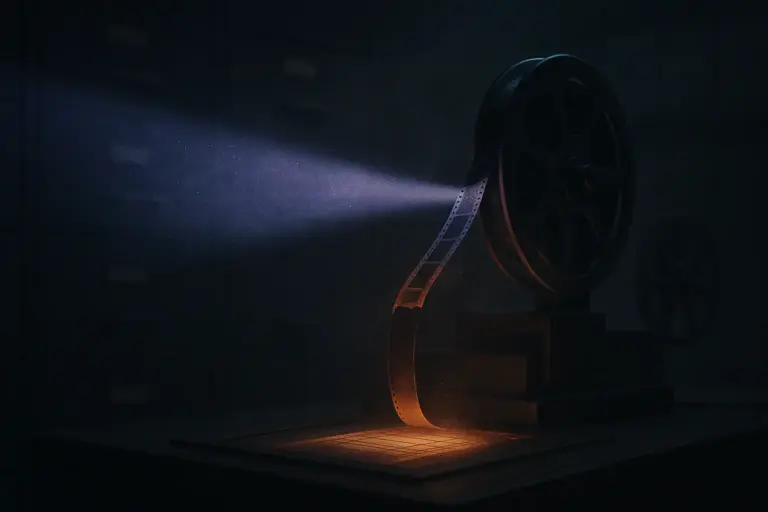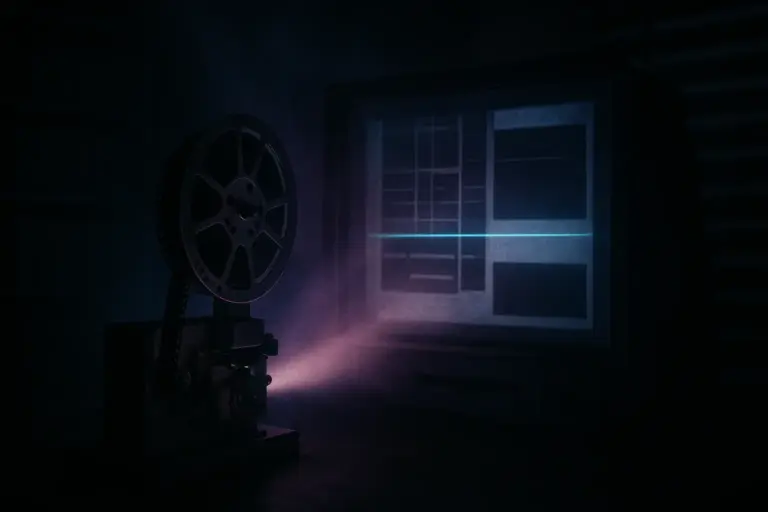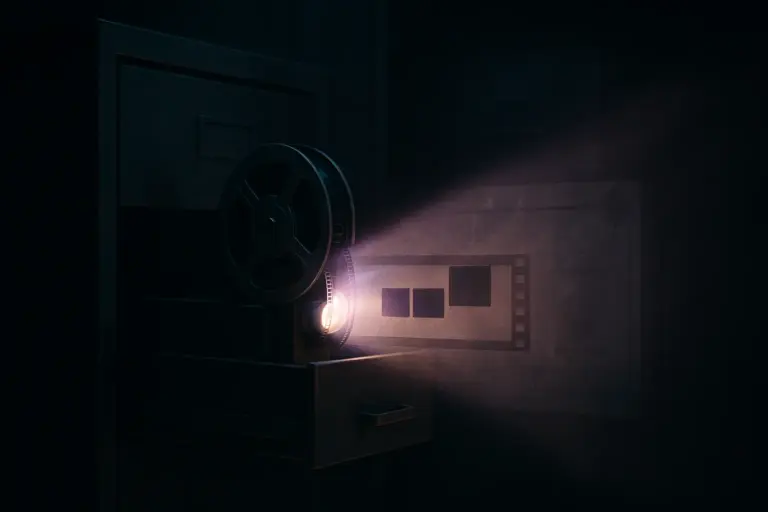Operation Paperclip: An Analysis of the Secret Recruitment of Nazi Scientists
Intelligence memos confirm operation paperclip amended security files of German specialists, folding their expertise into a looming Cold War apparatus.
The acetate burns faintly of vinegar as the microfilm advances, frame numbers stuttering under a lamp in a locked archive room. War crimes hearings had promised isolation from perpetrators; the records show transfers, stipends, and housing instead. A typed cover sheet lists German engineers by number, not name, a practice that makes discovery feel accidental rather than declared. In one column, “sponsoring agency” is crisp; in another, “political history” is smudged into anonymity. The contradiction is not subtle. It is procedural. In the grain, a phrase appears and vanishes—operation paperclip—followed by a blank square where context should be. The reel keeps turning. The omissions keep their pace.

Project Paperclip begins in the gaps of captured dossiers
The first rupture is bureaucratic, not explosive. Postwar policy said denazification would screen out compromised personnel, yet Joint Intelligence Objectives Agency files arranged exceptions with quiet efficiency. Records show engineers arriving under provisional labels, then reappearing with polished biographies suitable for visas and base access (Source: National Archives, 2016-10-11, RG 330 Records of the Secretary of Defense). The anomaly is systemic: identities mediated through code names, employment routed through Army and Navy projects, ethical questions redirected to future committees. What looks like a narrow intelligence harvest reads, on paper, like a workforce plan with historical amnesia built in.
Nazi scientists placed into rockets medicine and intelligence
Movement follows method. Rocket teams shift from European depots to Fort Bliss and White Sands, translating V‑2 fragments into new flight profiles. Aeromedical researchers settle into Texas and Ohio labs, mapping pressure, hypoxia, and ejection protocols that will later shape high‑altitude and orbital operations. Chemists and engineers disperse to arsenals and contractors, merging with domestic talent in missile guidance, jet propulsion, and signals analysis. The paper trail is spare by design—transfer orders, housing assignments, payroll—but the trajectory is clear: captured expertise repurposed for a Cold War that was already humming in the wires (Source: Smithsonian National Air and Space Museum, 2023-03-31, Project Paperclip and American Rocketry).
Boxes exhale dust as the projector hums a steady warning.
Sanitized dossiers and the Joint Intelligence Objectives Agency
Screening reads like an audit until it doesn’t. Files indicate “no derogatory information” even when provenance suggests affiliations that should have triggered denials. Security notes refer to “persecution by the regime” in some cases, a phrase that helped invert risk into justification (Source: CIA, approx 1945-1990, PROJECT PAPERCLIP_0002.pdf). State Department caution met JIOA urgency; the result was a set of personnel records where gaps were not mistakes but tools. Visa categories were flexed; denazification labels were softened; loyalty assessments leaned on future usefulness. The language is careful and coded, and the effect is simple: controversy deferred until outcomes could speak louder than origins. Declassified classified experiments index reveal similar patterns of institutional redirection across other programs.
Cold War arcs and the ethical cost of imported expertise
The consequences arrive as national triumphs. Launch vehicles rise from deserts and swamps; guidance packages mature; test pilots survive failures that would have been fatal a decade earlier. These are measurable gains linked to Project Paperclip placements and their collaborations with American teams. But the ledger has another column. By anchoring strategic advantage to personnel with entanglements, the program wrote a precedent: that security can outrun accountability (Source: SSRN, 2023-01-20, Unserved Justice for National Interests). It shaped NASA’s early arc, hardened missile deterrence, and established a durable pattern in which classified performance metrics eclipsed open ethical review. The archive does not moralize. It documents a bargain, then leaves the reader with its residue. An international review traces how these decisions are understood beyond U.S. borders, tracking public narratives alongside newly available declassifications (Source: The Wire, 2025-03-28, International perspective on Paperclip). The implications echo in the trials behind the code, where Nuremberg frameworks collided with strategic expediency.
On one page the black bar is thicker than the sentence it hides.
Sources unsealed records memos and retrospective analyses
Scope and staffing emerge in Defense Department holdings cataloging personnel dossiers, transfers, and interagency correspondence surrounding German scientist recruitment and placement during the late 1940s and 1950s (Source: National Archives, 2016-10-11, RG 330 Records of the Secretary of Defense). Declassified intelligence papers reveal operational mechanics, redactions, and the intelligence logic that prioritized technical yield over clean vetting, with movement logs and policy notes spanning multiple years (Source: CIA, approx 1945-1990, PROJECT PAPERCLIP_0002.pdf). A synthesized institutional review contextualizes the program within early Cold War competition and analyzes interagency decision paths that enabled rapid onboarding of select personnel (Source: CIA Center for the Study of Intelligence, approx 2000-2010, Review Operation Paperclip). Technical impact on American rocketry, especially the translation of V‑2 knowledge into domestic launch systems and the developmental route to Redstone and beyond, is detailed by an institutional aerospace history (Source: Smithsonian National Air and Space Museum, 2023-03-31, Project Paperclip and American Rocketry). Legal analysis weighs the tension between national interest and accountability, contrasting Nuremberg frameworks with postwar immunity and employment decisions (Source: SSRN, 2023-01-20, Unserved Justice for National Interests). An international perspective surveys how these decisions are understood beyond U.S. archives, tracking public narratives alongside newly available declassifications (Source: The Wire, 2025-03-28, International perspective on Paperclip). Across these records and reviews, the pattern is consistent: operation paperclip functioned as a conduit that converted enemy expertise into American infrastructure while insulating the conversion with layers of classification and euphemism.
The reel slows, the light dims to a violet rim against steel. From cabinet to corridor, we return to Home with the afterimage of stamped approvals that outlived their ink. The lesson is measured: power advanced because contradictions were managed on paper before they were debated in public. Filed under science kept in shadow and traced within Secret Government Experiments—signal ends, clarity remains.
They Don’t Want You to Know This
Join the society of the curious. Get early access to leaked findings, hidden knowledge, and suppressed discoveries — straight to your inbox, before they vanish.




